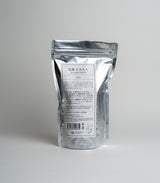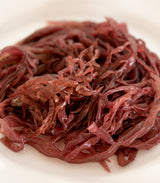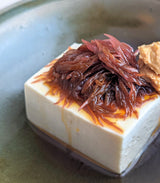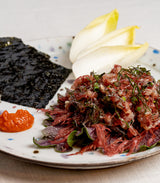Product Characteristics
The jiggling excitement of chewy - gelatinous texture change !


By making use of the texture that is the biggest feature of miline in cooking


Recipes
Mirin Namul
Salted Mirin (Domestic Shipping Only)
Click here for more recipesFOOD DEVELOPER / CHEFSHUI ISHIZAKA
How to use recommended
Seaweed that can be more interesting than funny


It's much more enjoyable to eat with a certain amount in your mouth
It has a gentle taste with no peculiarities, so you can season it with any kind of flavor

For detailed information
















